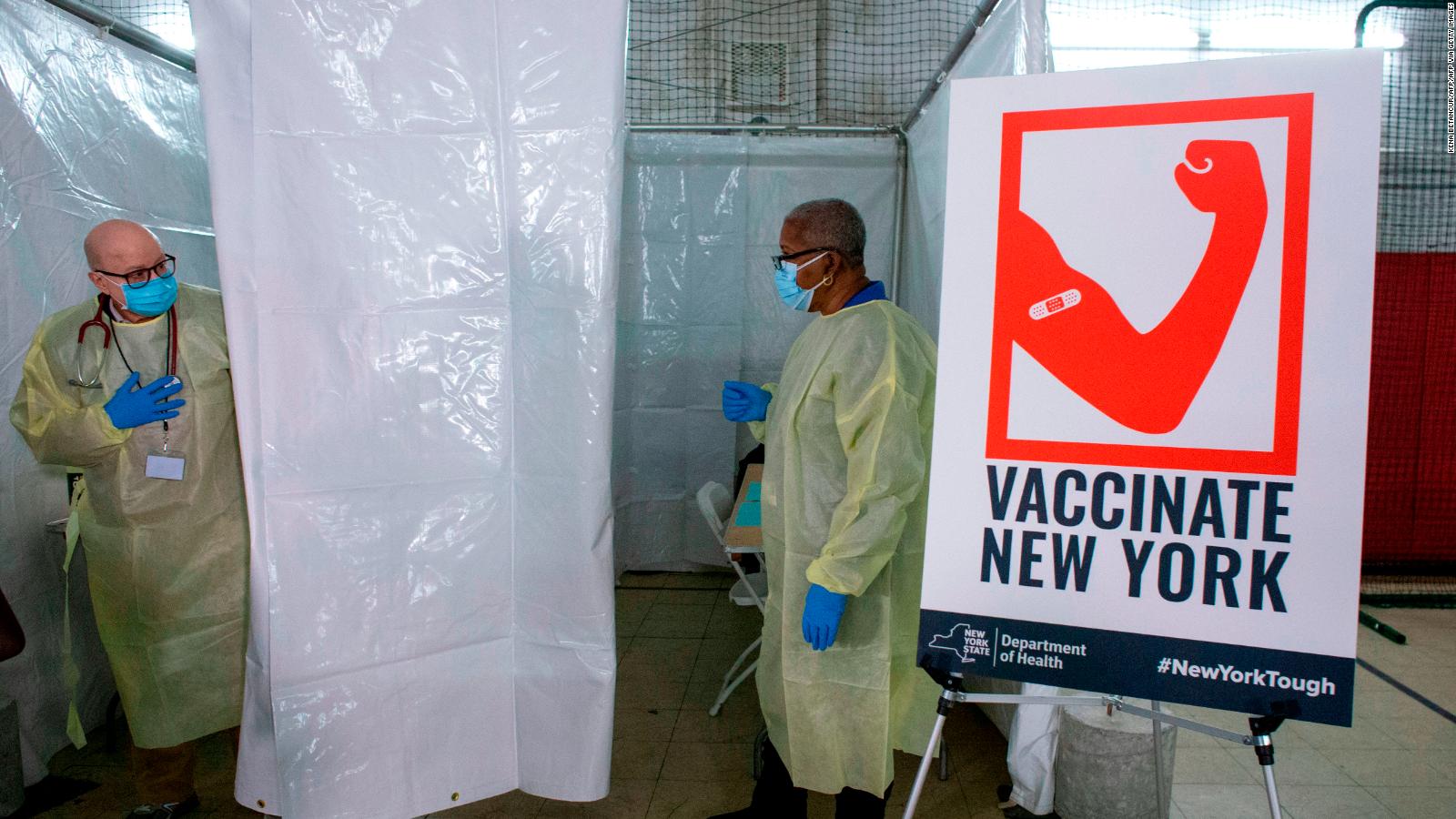In Friday (22nd) trading, crude oil futures prices closed lower. After EIA data showed that the US crude oil supply unexpectedly increased, WTI crude oil prices fell this week.
The surge in new crown infections in China and Southeast Asia has also caused market concerns about recent oil demand.
EIA announced on Friday that last week (as of 1/15), US crude oil inventories increased by 4.4 million barrels, higher than analyst expectations. As this Monday is Martin Luther’s Day and the inauguration of the US president on Wednesday, the data originally scheduled to be released on Wednesday was postponed by 2 days.
According to a survey by S&P Global Platts, analysts on average expect crude oil supply to fall by 2.5 million barrels last week (as of 1/15). API announced on Wednesday night that the US crude oil supply increased by 2.6 million barrels last week (as of 1/15).
The EIA report also showed that the Cushing Oil Storage Center in Oklahoma reduced crude oil by 4.7 million barrels this week.
Tariq Zahir, executive director of Tyche Capital, said that the increase in domestic crude oil supply is surprising, but the decline in Cushing’s oil storage center inventory is quite large, but this is not surprising, because the WTI crude oil price curve has entered an inverse spread (forward futures). The price is lower than the recent futures price).
“When the next curve enters an inverse spread, there will be no profit from storing crude oil, so it is not surprising to see a large increase in Cushing crude oil inventories.” Zahir said.
Zahir attributed the reversal of the spread to Saudi Arabia’s unexpected production cut. Earlier this month, Saudi Arabia stated that it would increase production cuts from February to offset the increased production in Russia and Kazakhstan.
“We speculate that since the announcement, crude oil prices have risen by 4 to 5 USD. “He added, plus the recentUSDWalk tired and giveUSDCrude oil priced adds boost.
“As long as Saudi Arabia implements the cut, andUSDContinued weakness, we think crude oil will continue to be very volatile, but there is still a certain degree of support. However, if the distribution of the new crown vaccine continues to be problematic, oil demand may be further frustrated. “
- WTI crude oil futures for March delivery fell 86 cents, or nearly 1.6%, to close at 52.27 per barrel USD, Fell by about 0.3% this week.
- Brent crude oil futures for March delivery fell 69 cents, or 1.2%, to close at 55.41 per barrel USD, Which closed up 0.6% this week.
In terms of demand, China has newly diagnosed 103 people, and the number of newly diagnosed people has exceeded 100 for 11 consecutive days. After several months, news of the closure of the city has been reported again. Hong Kong also announced the closure of the city for the first time on Friday. As the Chinese New Year holiday is approaching, public concerns about the outbreak in the region have intensified.
Rystad Energy’s oil market analyst Louise Dickson said, “The increase in the number of new diagnoses in China is particularly worrying, not only because China is one of the world’s largest oil consumers, and the market that helped oil prices rebound the most, but also because of the lunar new year. Festival is coming.”
“The Lunar New Year has always been the time when China’s road fuel consumption is the highest, but China is now implementing a lockdown and persuading the public not to travel. This is definitely a big blow to oil demand.”
In addition to concerns about Asia, the European Central Bank warned on Thursday that if the blockade continues,EURThe district may fall into a double-dip recession, which may dampen energy absorption.
The EIA report on Friday also showed that the supply of gasoline dropped by 300,000 barrels and distilled oil increased by 500,000 barrels last week (as of 1/15).
According to a survey by S&P Global Platts, analysts on average expect last week (as of 1/15) to increase gasoline supply by 2.7 million barrels and distillate oil by 600,000 barrels.
Other energy commodities
- The price of gasoline futures for February delivery rose nearly 0.1% to close at 1.5487 per gallon USD, Up 1.3% this week.
- Hot oil futures for delivery in February fell 1.5% to close at 1.576 per gallon USD, Fell 1.1% this week.
Energy traders are also trying to analyze the environmental policy of the Biden administration to assess its impact on petroleum composite products. Biden signed an executive order to cancel the presidential permit for the Keystone XL pipeline, which originally planned to transport approximately 800,000 barrels of oil a day from Alberta to the Texas Gulf Coast.
Baker Hughes data on Friday showed that the number of active US drilling rigs this week increased by 2 to 289, the ninth consecutive week of increase.
- Natural gas futures prices for February delivery fell 1.8% to close at 2.446 per million Btu USD, Fell nearly 11% this week.
The EIA report on Friday announced that the supply of natural gas fell by 187 billion cubic feet last week (as of 1/15).
According to a survey by S&P Global Platts, analysts on average expected natural gas supply to fall by 177 billion cubic feet last week (as of 1/15).
–


